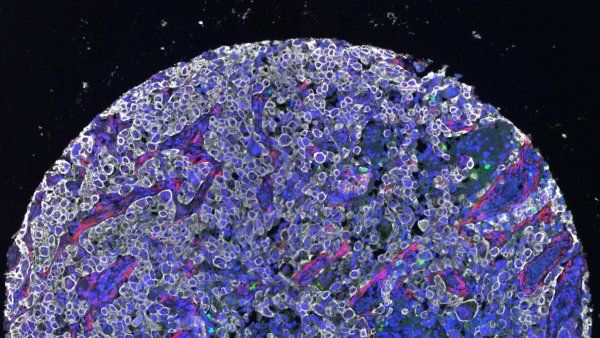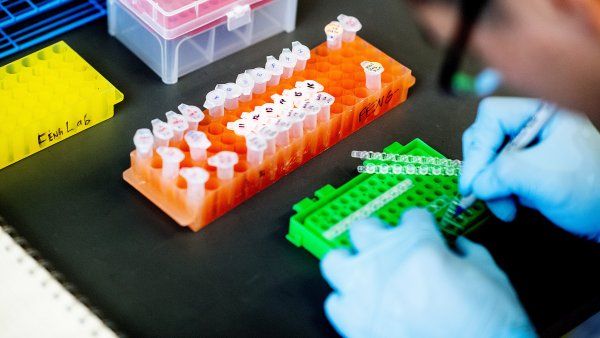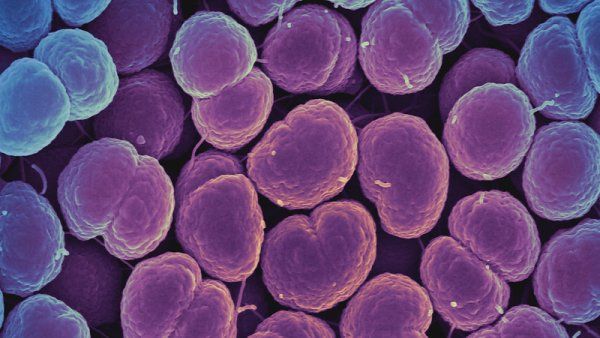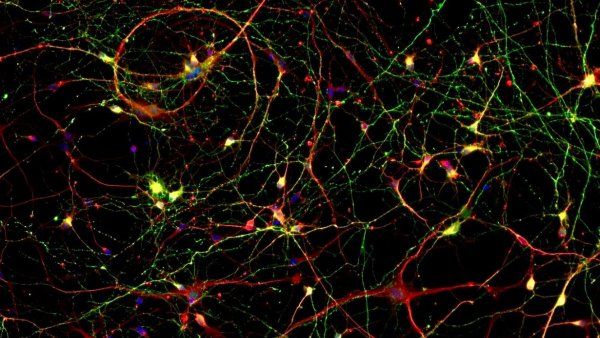Drug Turns Cancer Gene Into ‘Eat Me’ Flag for Immune System
A new therapy pulls forward a mutated version of the KRAS protein to help the immune system recognize and destroy cancer cells.

University of California San Francisco
Give to UCSFA new therapy pulls forward a mutated version of the KRAS protein to help the immune system recognize and destroy cancer cells.

Pregnant women in the U.S. are being exposed to chemicals like melamine, cyanuric acid, and aromatic amines that can increase the risk of cancer and harm child development, according to a study from researchers at UCSF and Johns Hopkins Bloomberg School of Public Health.

The Opioid Industry Documents Archive (OIDA), a project of UCSF, and Johns Hopkins University, today released more than 114,000 documents related to McKinsey & Company's work as a management consulting firm for the opioid industry.

How David Julius and Ardem Patapoutian found the molecules in our bodies that sense heat, cold, touch, and pain – and transformed sensory neuroscience.

The latest advances in cancer care and research will be showcased at the annual American Society of Clinical Oncology (ASCO) Annual Meeting, the world’s largest clinical cancer meeting.

A significant proportion of bacterial sexually transmitted infections – gonorrhea, chlamydia, or syphilis – were prevented with a dose of doxycycline after unprotected sex, according to preliminary results of a clinical trial.

UCSF and Johns Hopkins University announced the addition of 1.4 million documents to their Opioid Industry Documents Archive from Mallinckrodt, a leading generic opioid manufacturer now in bankruptcy.

An antiviral drug approved for high-risk COVID patients may also benefit those with long COVID, according to the findings of a small case series that need to be confirmed with future rigorous studies.

In a study, UCSF neurologist William Seeley, MD, and colleagues identified two key moments in the natural history of Alzheimer’s, pointing to a window of opportunity for treatment with amyloid-lowering drugs.

55% of seniors with dementia take more than six medications even though most have good health. However, a UCSF study showed that 87% are willing to cut down if their doctors agree.
